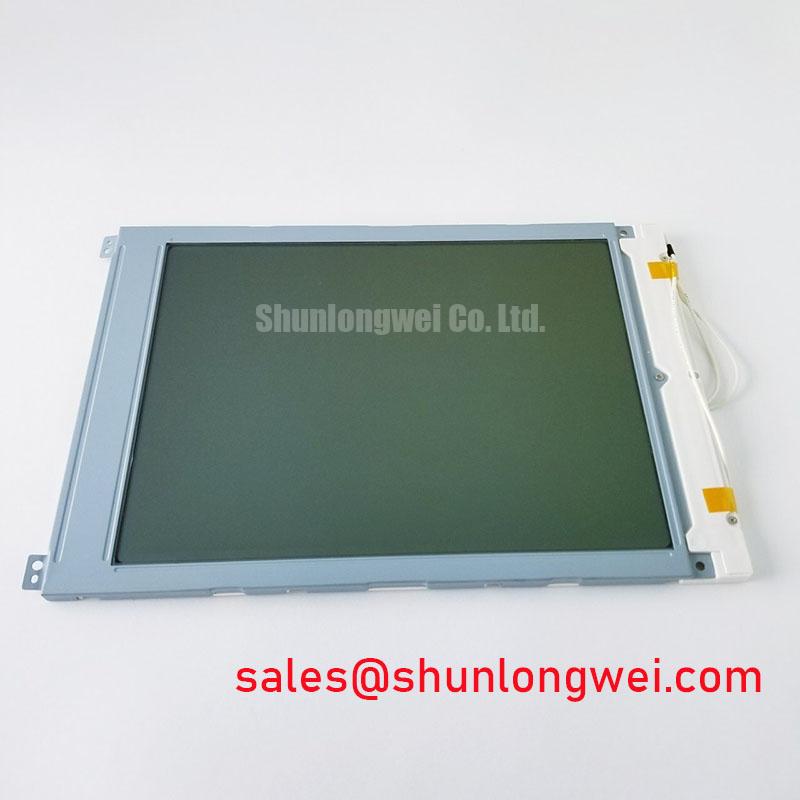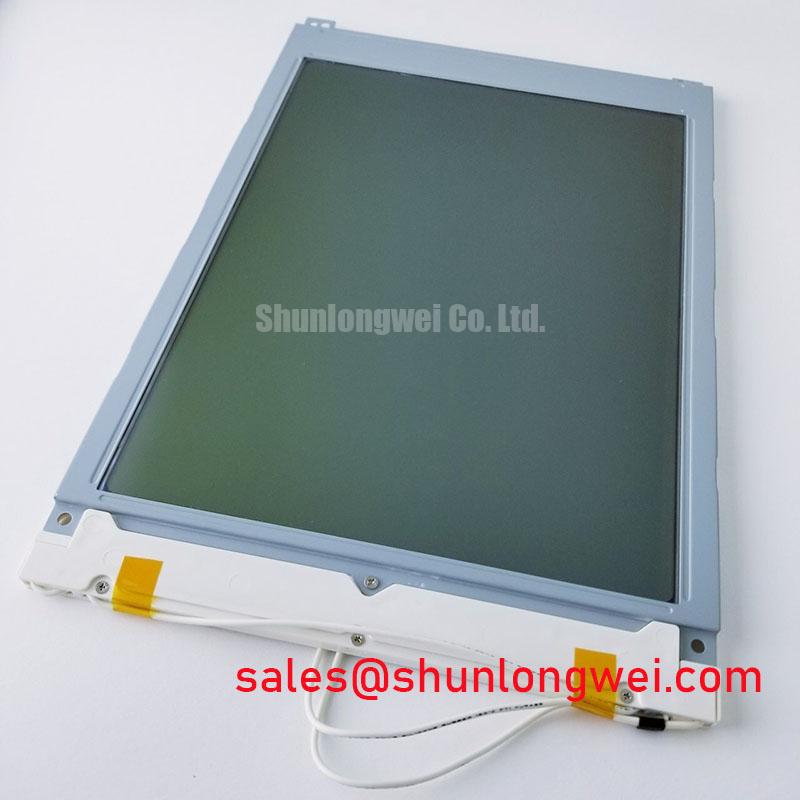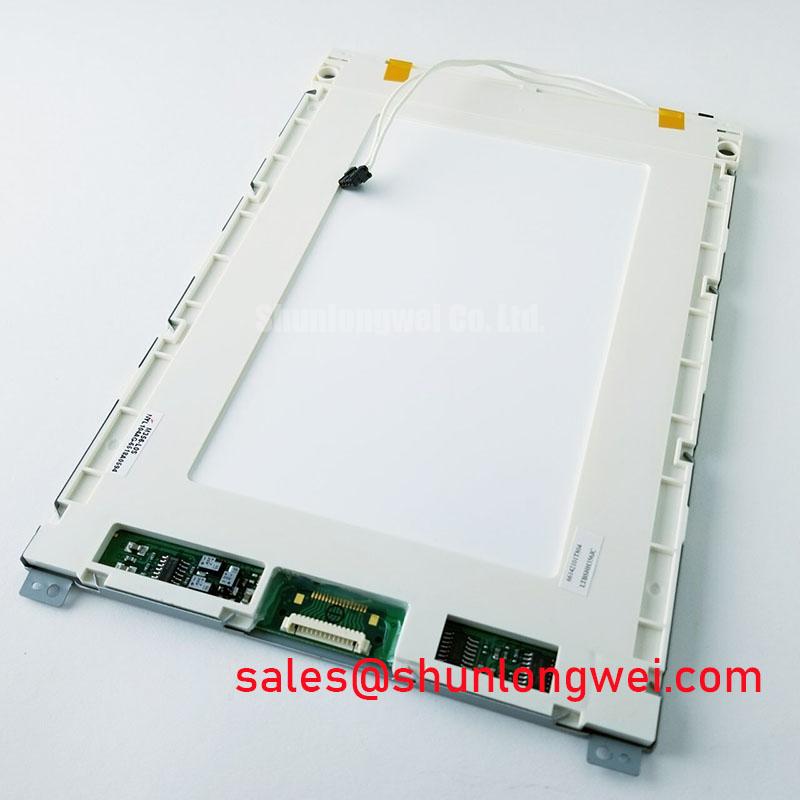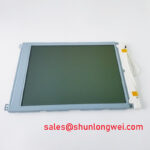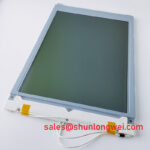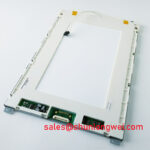Content last revised on November 19, 2025
JDI LTBSHH356JC: 10.1-Inch WXGA LCD Cell for Custom Display Integration
An Engineer's Overview of the LTBSHH356JC a-Si TFT-LCD Cell
The JDI LTBSHH356JC is an ultra-thin 10.1" WXGA display cell engineered for maximum design flexibility in custom, compact human-machine interfaces. It delivers a core specification of 1280x800 Resolution | 70g Weight | 0.50mm Glass Thickness. This component provides two primary engineering benefits: complete backlight and driver customization and significant space and weight reduction. It directly addresses the challenge of integrating a quality display into unique or space-constrained enclosures where off-the-shelf modules will not fit. For applications requiring a high degree of customization in brightness and form factor, this 10.1-inch cell is the optimal starting point.
Key Parameter Overview
Decoding the Specs for System Integration Flexibility
The technical specifications of the LTBSHH356JC highlight its role as a foundational component for bespoke display systems. Its panel-only format empowers engineers to define the final performance characteristics, from luminosity to thermal behavior, based on their specific application demands.
| Parameter | Specification | Engineering Significance |
|---|---|---|
| Screen Size | 10.1 inches | Provides a substantial viewing area suitable for complex data visualization in industrial control panels. |
| Resolution | 1280(RGB)×800, WXGA | The 16:10 aspect ratio offers more vertical space than common 16:9 displays, crucial for displaying menus and status bars without compromising the main content area. |
| Panel Type | a-Si TFT-LCD, CELL | As a CELL, it comes without a backlight or driver IC, offering ultimate flexibility for custom integration. |
| Signal Interface | LVDS (1 ch, 8-bit), 40 pins FPC | Ensures compatibility with a wide range of standard industrial single-board computers (SBCs) and display controllers. |
| Glass Thickness | 0.50 + 0.50 mm | Critical for creating ultra-slim final products. The minimal thickness reduces parallax error with an added touch sensor. |
| Weight | 70.0g (Typ.) | The exceptionally low weight is a decisive factor for portable medical devices and handheld diagnostic tools. |
Application Scenarios & Value
System-Level Benefits in Custom HMI and Portable Device Design
The LTBSHH356JC is best suited for applications where standard, off-the-shelf display modules fail to meet specific mechanical, optical, or environmental requirements. Its core value lies in enabling innovation at the system level.
Consider the challenge of designing a rugged, handheld diagnostic tool for field technicians. The device must be lightweight for prolonged use and feature a bright, clear display that can be read under varying light conditions. An integrated, all-in-one display module might be too thick, too heavy, or have a backlight that is not optimized for outdoor use. This is where the LTBSHH356JC excels. By starting with just the cell, engineers can design a custom, high-efficiency LED backlight unit (BLU) that delivers the exact brightness required for sunlight readability while managing thermal output. The cell's 70g weight is a key enabler for reducing operator fatigue. What is the primary benefit of its CELL format? Total control over the final display's brightness, form factor, and thermal management.
This approach allows the display's characteristics to be perfectly matched to the product's mission. While the LTBSHH356JC offers a balanced 10.1" platform, projects requiring a more compact interface might consider the G070ACE-L01, a 7.0" module. For larger stationary HMIs where Full HD resolution is needed, the G156HAN02.1 provides a complete 15.6" assembly.
Frequently Asked Questions (FAQ)
Getting the Most from the LTBSHH356JC Cell
What are the main challenges when integrating a display CELL like the LTBSHH356JC versus a full module?
Integrating a CELL requires expertise in three key areas: designing or sourcing a compatible driver board, engineering a custom backlight unit (BLU), and ensuring cleanroom-level assembly to prevent contamination between the layers. While this adds design effort, it provides unparalleled control over the final product's performance and physical dimensions, a key differentiator compared to the fixed specifications of an all-in-one module.
How does the 16:10 WXGA resolution benefit industrial HMI applications?
The 1280x800 resolution provides more vertical pixels compared to a standard 16:9 (e.g., 1366x768) display. This extra vertical space is highly functional in a Human-Machine Interface (HMI) for industrial automation, allowing for permanent on-screen display of status bars, navigation menus, or alarm tickers without shrinking the primary process visualization area.
What type of controller is needed for the LTBSHH356JC's LVDS interface?
You will need a display controller or a single-board computer with an LVDS (Low-Voltage Differential Signaling) output that supports a 1-channel, 8-bit configuration and can be programmed to meet the panel's specific timing requirements. This is a common interface in the industrial sector, ensuring broad compatibility with many off-the-shelf SBCs and dedicated controller solutions.
Technical Deep Dive
Implications of the CELL-Only Design on System Architecture
The decision to use a bare display cell like the LTBSHH356JC is a strategic one that fundamentally shifts design responsibility from the display vendor to the system integrator. Think of it like buying a high-performance engine versus a complete car. The cell is the "engine" of the visual experience, but it requires the integrator to build the "chassis" (mechanical enclosure) and "drivetrain" (driver board and backlight) around it.
This approach has profound implications. Mechanically, the ultra-thin 0.50mm glass layers allow for direct bonding of a projected capacitive (PCAP) touch sensor with minimal parallax, creating a sleek, modern user interface. Thermally, decoupling the LCD from the backlight gives the engineer direct control over heat dissipation. A custom-designed backlight can have its thermal solution optimized for the specific enclosure, preventing hotspots that could affect the LCD's performance and lifespan—a crucial consideration in fanless industrial HMI designs. What is the advantage of a decoupled backlight? It allows for independent thermal management, improving reliability.
Strategic Integration Path
Choosing the LTBSHH356JC is a strategic commitment to creating a product with a distinct competitive advantage. It is intended for design teams who prioritize final product differentiation over off-the-shelf simplicity. By leveraging this display cell, manufacturers of specialized equipment—from medical imaging consoles to avionics displays—can achieve a level of design optimization that is impossible with standard modules, resulting in products that are lighter, thinner, and optically superior for their intended use case. This component is less a product and more a platform for display innovation.

